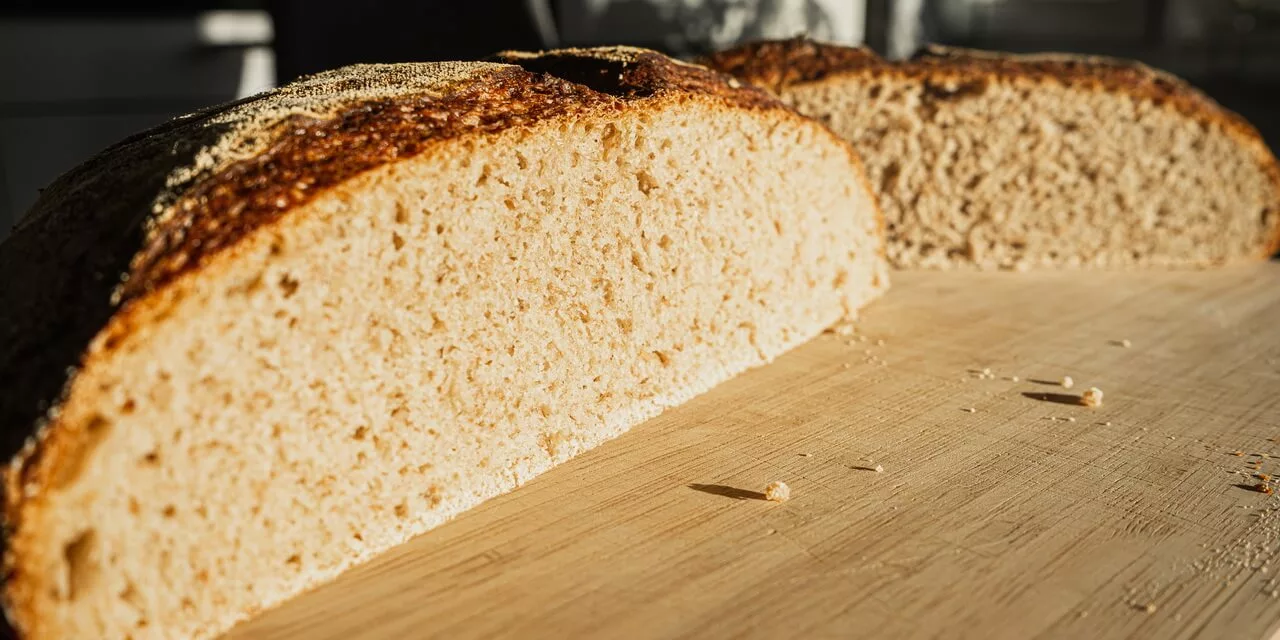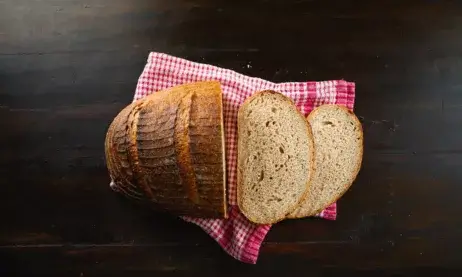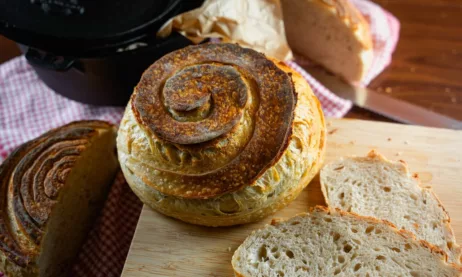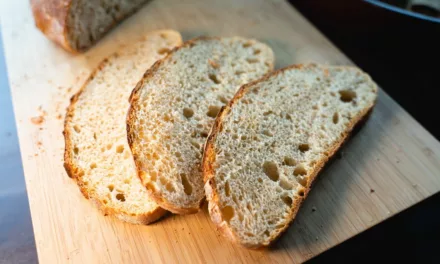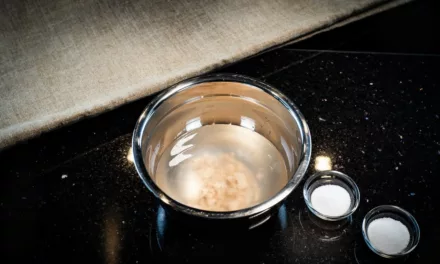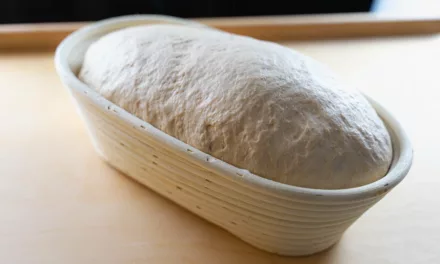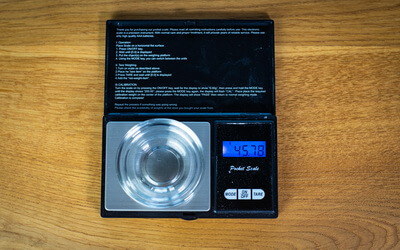Welcome to your ultimate guide on how to defrost bread. In this comprehensive guide, you’ll learn the best methods to bring your frozen loaf back to life, ensuring it’s as fresh and delicious as the day it was baked.
Have you ever found yourself with a frozen loaf of bread and no idea how to defrost it properly? You’re not alone. Many people struggle with this, often ending up with bread that’s soggy or stale. But don’t worry, this guide is here to help.
With years of experience in the baking industry, I’ve defrosted more loaves of bread than I can count. I’ve tried and tested various methods, and I’m here to share the most effective ones with you.
So, are you ready to learn how to defrost bread like a pro? Read on to discover the secrets that will make soggy, stale bread a thing of the past.
Table of Contents
- Why Freeze Bread?
- How to Freeze Bread
- How to Defrost Bread
- Tips for Defrosting Bread
- Conclusion
- Frequently Asked Questions (FAQ)
Why Freeze Bread?
Freezing bread is a fantastic way to extend its shelf life. Whether you’ve baked more than you can eat, or you’ve found a great deal at the bakery, freezing bread allows you to enjoy it at your leisure without worrying about it going stale or moldy. From a hearty whole grain loaf to a delicate baguette, almost any type of bread can be frozen without losing its original texture and flavor.
For those who are new to baking, my article on bread making for beginners is a great resource that can guide you through the process of baking your own bread.
How to Freeze Bread
Before we get into how to defrost bread, let’s quickly go over how to freeze it properly. After all, the better your bread is frozen, the better it will defrost.
Firstly, it’s important to freeze the bread as soon as possible to maintain its freshness. If you’ve baked your own bread, allow it to cool completely before freezing. Secondly, wrap the bread tightly in plastic wrap or aluminum foil to protect it from air and moisture. You can also slice the bread before freezing, which allows you to defrost only the amount you need.
In fact, my guide on storing bread provides a wealth of information on how to keep your bread fresh, from room temperature storage to freezing techniques.
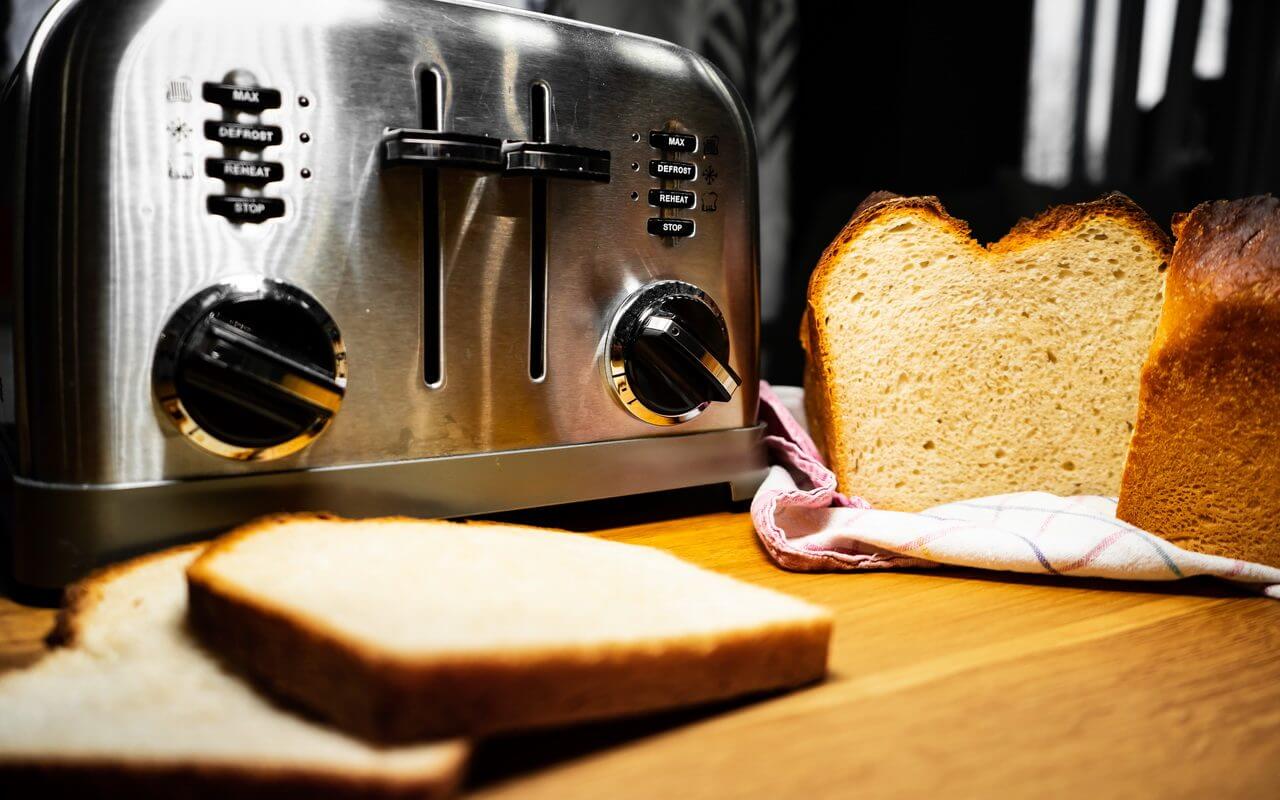
How to Defrost Bread
Now, let’s get to the heart of the matter: how to defrost bread. There are several methods you can use, and the best one for you depends on how much time you have and what you plan to do with the bread.
Room Temperature
The simplest way to defrost bread is to leave it out at room temperature. Just take the bread out of the freezer and let it thaw on the kitchen counter. This method is best if you plan to consume the bread within a few hours. It usually takes a few hours for a whole loaf to thaw, while individual slices can thaw in less than an hour.
Oven
If you’re in a hurry, you can defrost bread in the oven. Preheat your oven to 325°F (165°C), wrap the bread in foil to prevent it from drying out, and place it in the oven for about 20 minutes. This method is great if you want to enjoy warm bread.
Microwave
For a super quick defrost, you can use your microwave. Place the bread on a microwave-safe plate and use the defrost setting. Be sure to check the bread every 10 seconds to prevent it from getting too hot and becoming tough.
Toaster
If you’re defrosting sliced bread, you can put it straight into the toaster from the freezer. Just use a lower setting to prevent the bread from burning.
Tips for Defrosting Bread
Defrosting bread is more of an art than a science. Here are some tips to help you get the best results.
- Don’t Refreeze: Once you’ve defrosted bread, it’s best not to refreeze it. The freezing and defrosting process can cause the bread to lose moisture and become stale.
- Use Within a Few Days: Defrosted bread should be used within a few days to ensure it’s still fresh and tasty.
- Consider the Bread Type: Different types of bread may require different defrosting methods. For example, delicate pastries might not do well in the microwave, while hearty loaves can stand up to the heat of the oven.
- Wrap in Foil: If you’re defrosting bread in the oven, wrap it in foil to prevent it from drying out.
- Check Regularly: If you’re using a quick defrost method like the microwave or the oven, be sure to check the bread regularly to prevent it from overheating.
Conclusion
Defrosting bread may seem like a simple task, but there’s more to it than meets the eye. With these tips and techniques, you’ll be able to defrost bread like a pro, ensuring it’s just as delicious as the day it was baked.
As you continue your baking journey, you might find yourself interested in exploring more about bread and its varieties. In that case, my ultimate guide to sourdough is a comprehensive resource that can help you delve deeper into the world of baking.
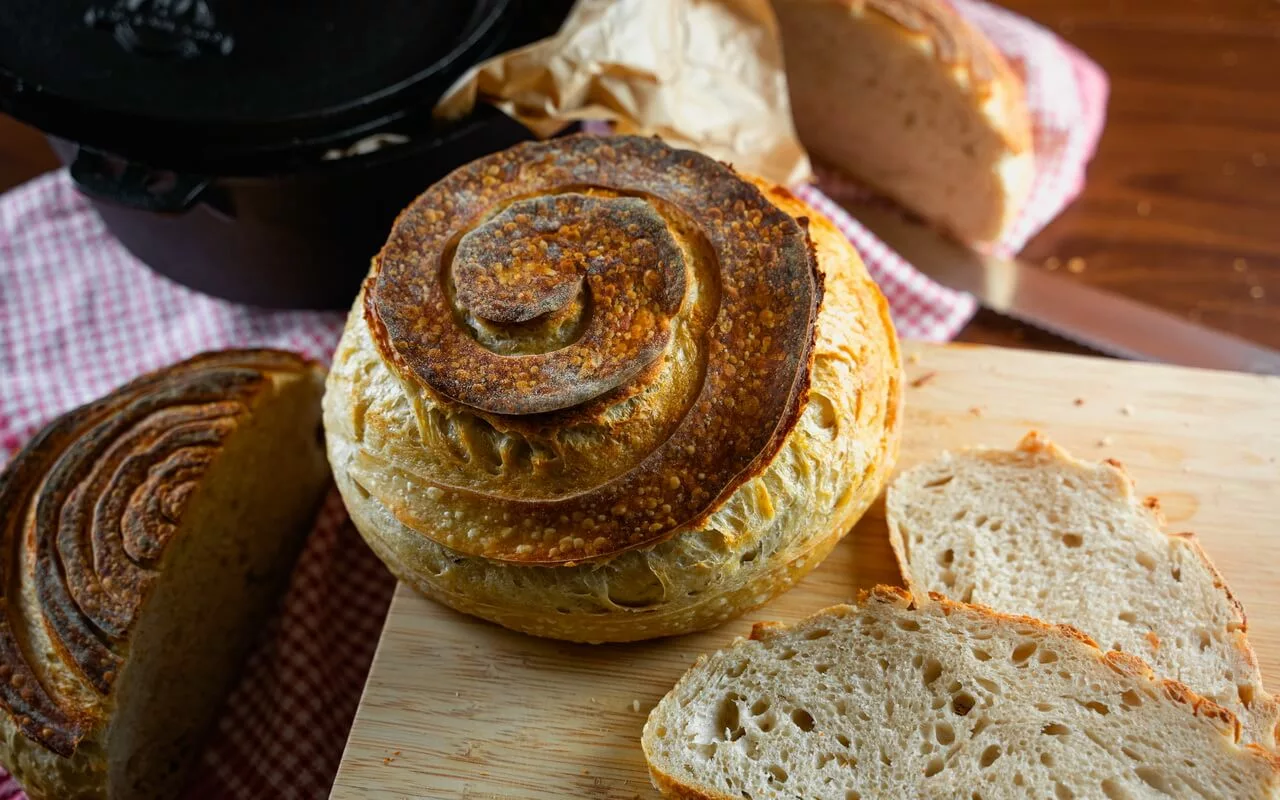
Frequently Asked Questions (FAQ)
How do you defrost bread quickly?
The quickest way to defrost bread is to use your microwave or oven. In the microwave, use the defrost setting and check the bread every 10 seconds. In the oven, preheat to 325°F (165°C), wrap the bread in foil, and heat for about 20 minutes.
How do you defrost bread without ruining it?
The best way to defrost bread without ruining it is to let it thaw at room temperature. This method takes longer, but it helps preserve the texture and flavor of the bread. If you’re in a hurry, you can use the oven or microwave, but be sure to check the bread regularly to prevent it from overheating.
Is it OK to eat defrosted bread?
Yes, it’s perfectly safe to eat defrosted bread. However, it’s best to consume it within a few days to ensure it’s still fresh and tasty.
How long does bread last after defrosting?
Defrosted bread should be used within a few days. If you’re not sure you’ll be able to eat it in that time, consider defrosting only what you need and keeping the rest in the freezer.
Is it safe to defrost bread and then refreeze it?
It’s generally not recommended to refreeze bread once it’s been defrosted. The freezing and defrosting process can cause the bread to lose moisture and become stale.
Can you thaw out bread without it getting soggy?
Yes, if you defrost bread properly, it shouldn’t get soggy. The best method is to let it thaw at room temperature. If you’re using the microwave or oven, be sure to check the bread regularly to prevent it from overheating.
Is it safe to defrost bread in the microwave?
Yes, it’s safe to defrost bread in the microwave. Use the defrost setting and check the bread every 10 seconds to prevent it from getting too hot and becoming tough.
How do you refresh frozen bread?
You can refresh frozen bread by defrosting it and then warming it in the oven. Preheat your oven to 325°F (165°C), wrap the bread in foil, and heat for about 20 minutes.
Can I toast frozen bread?
Yes, you can toast frozen bread. Just put the frozen slices in the toaster and use a lower setting to prevent them from burning.

